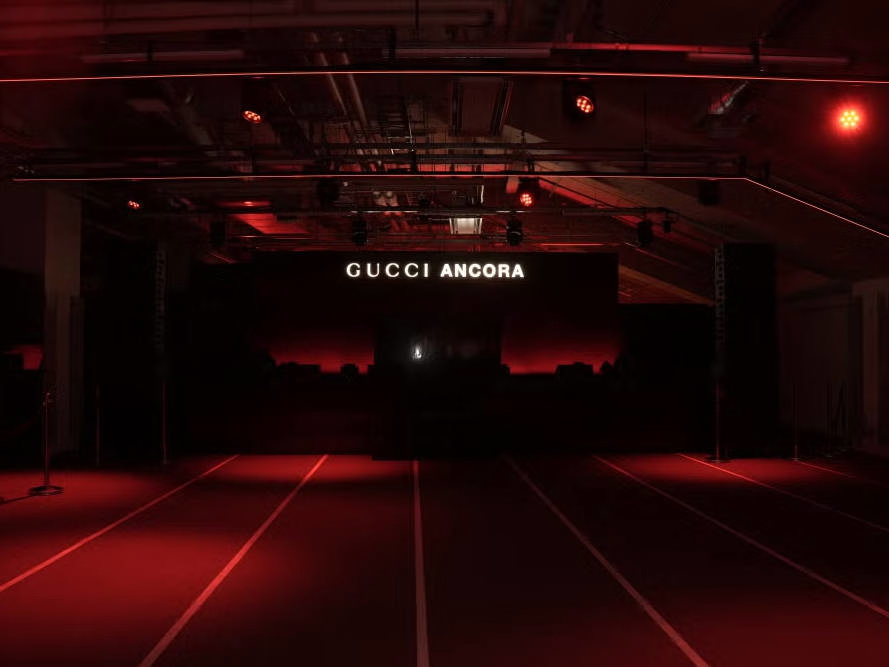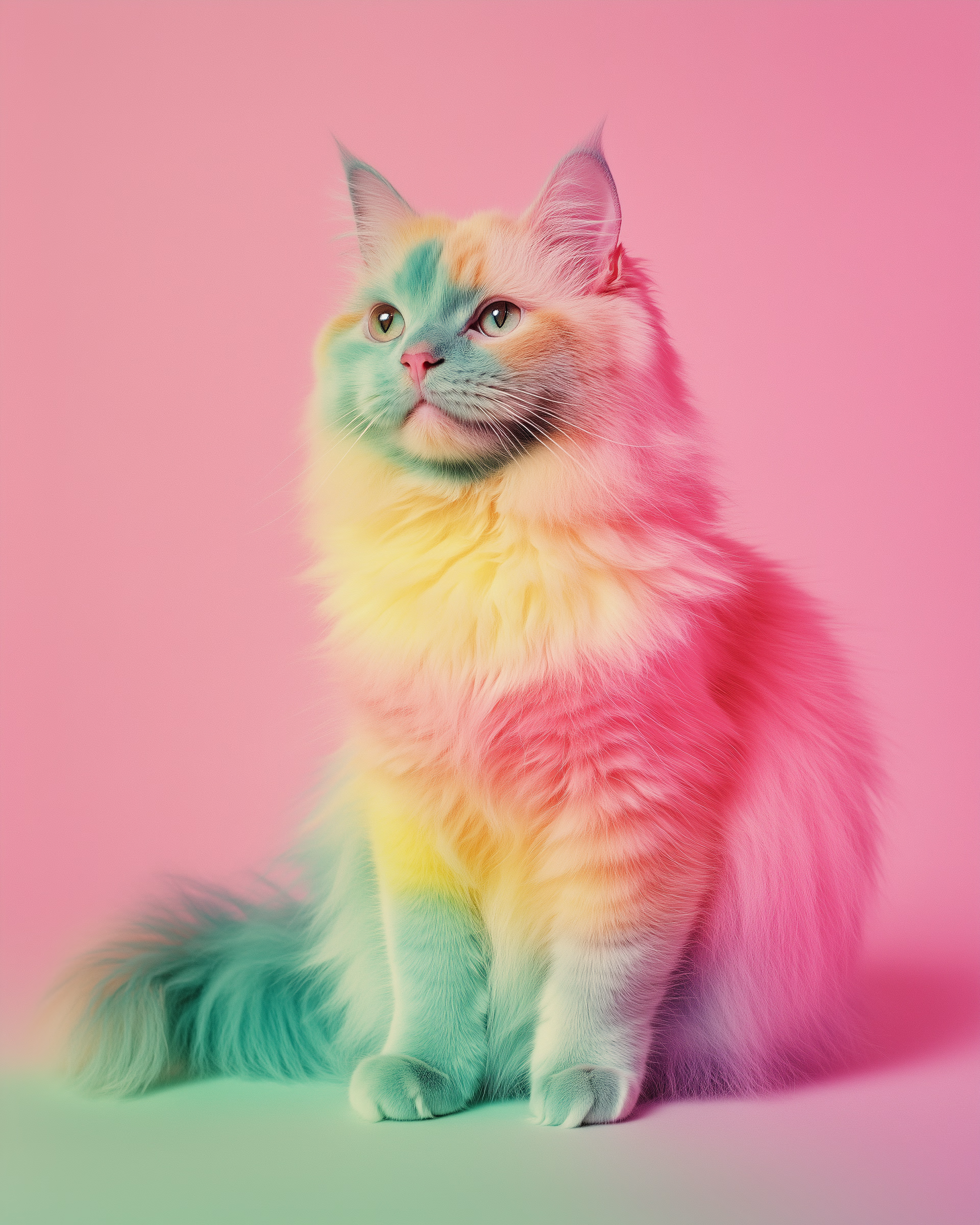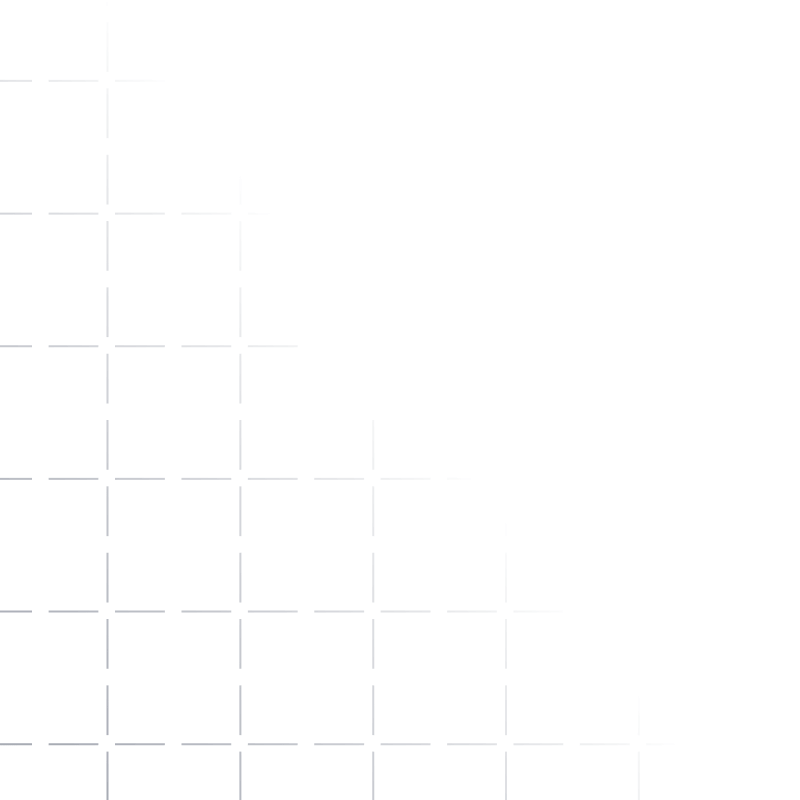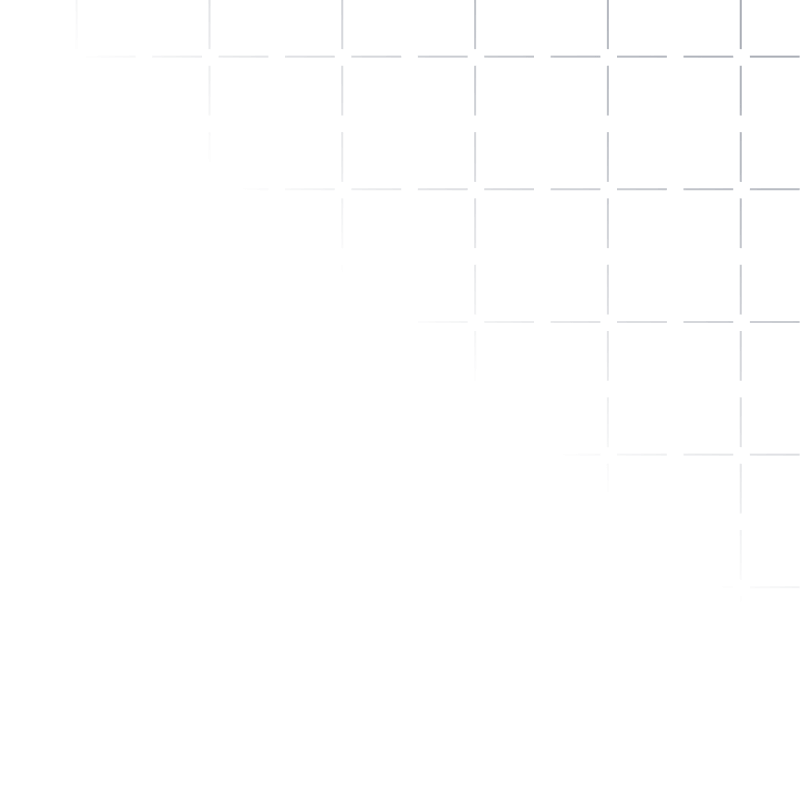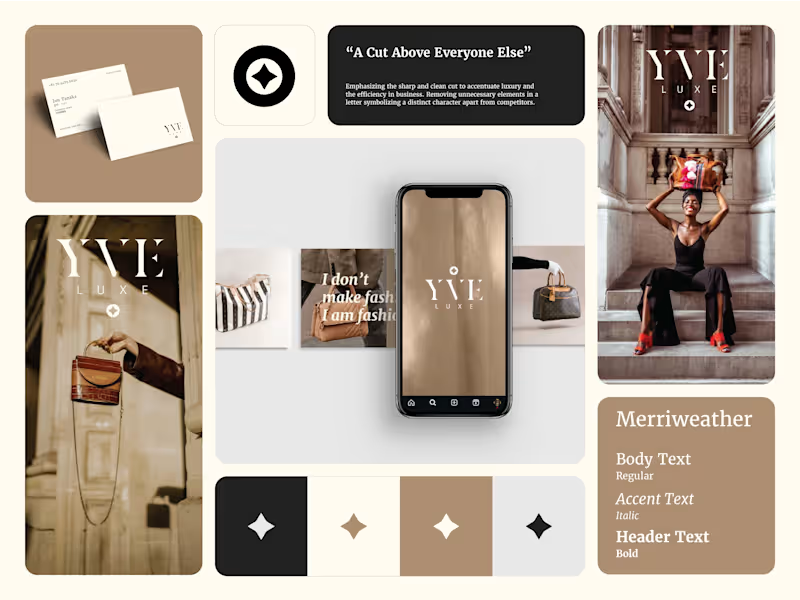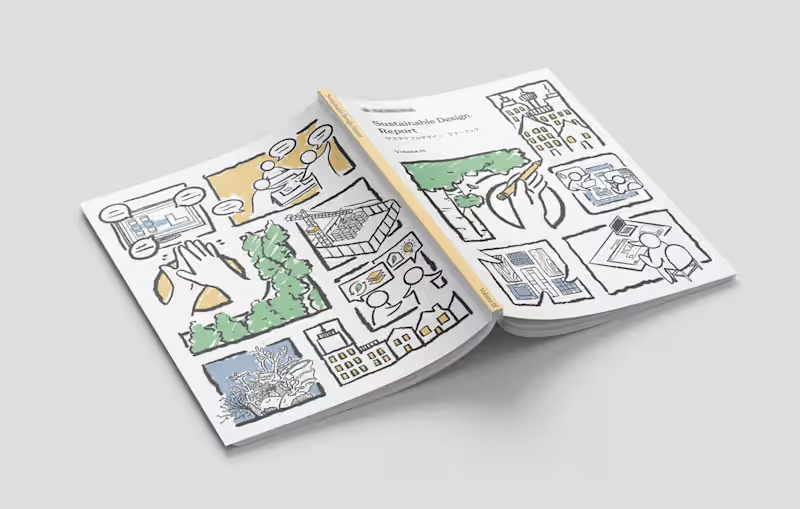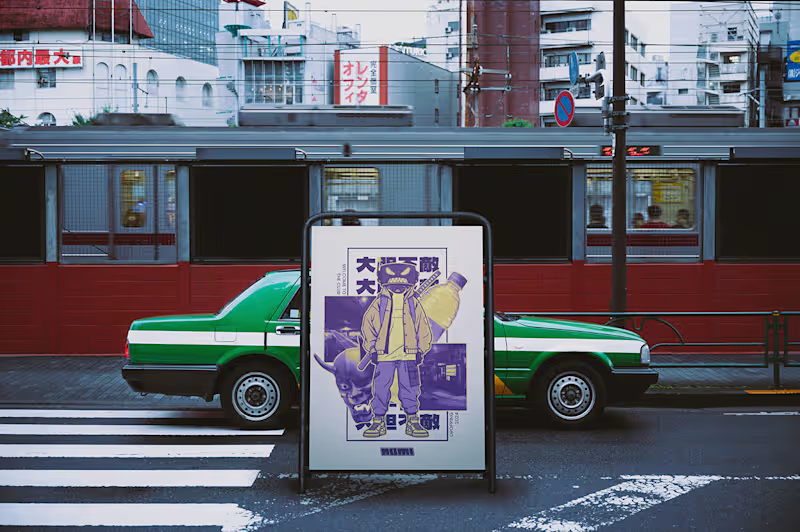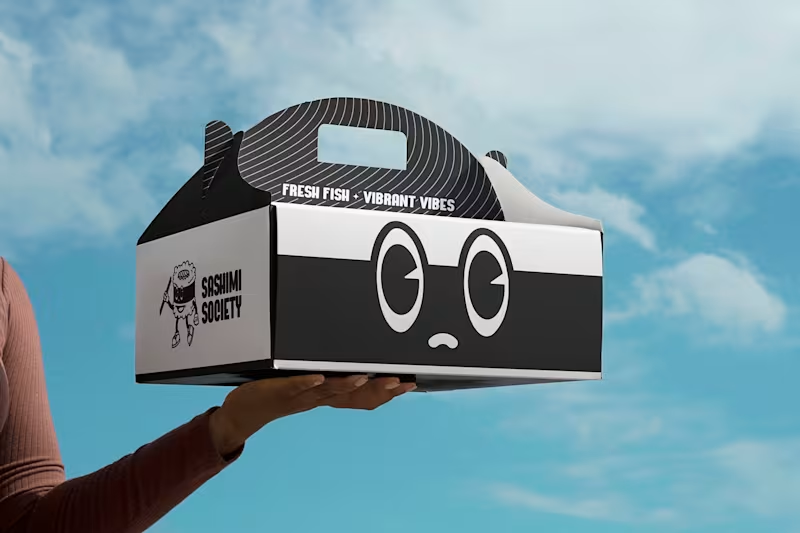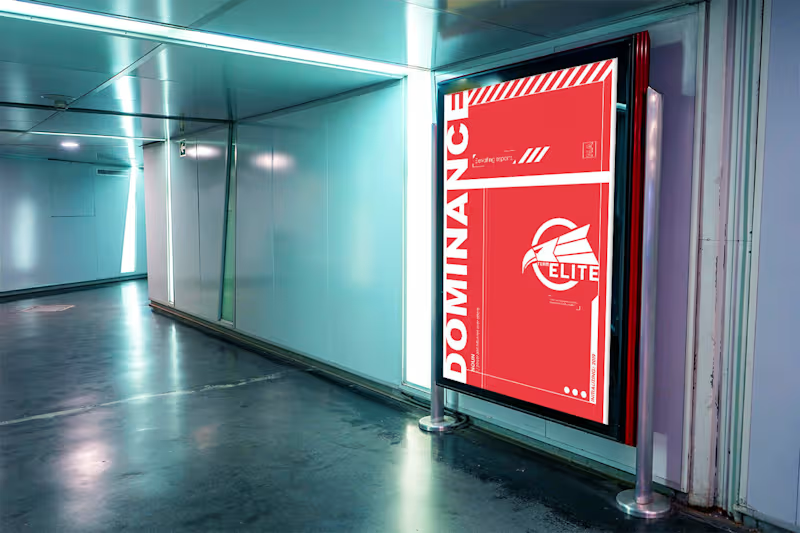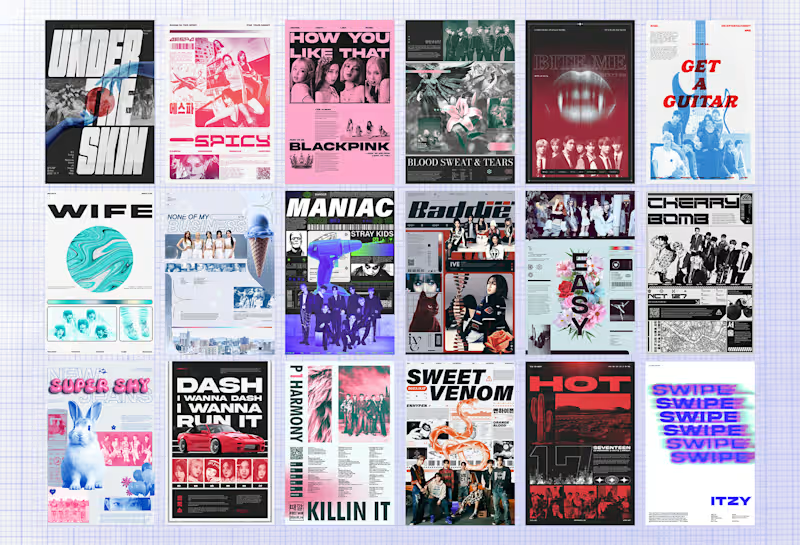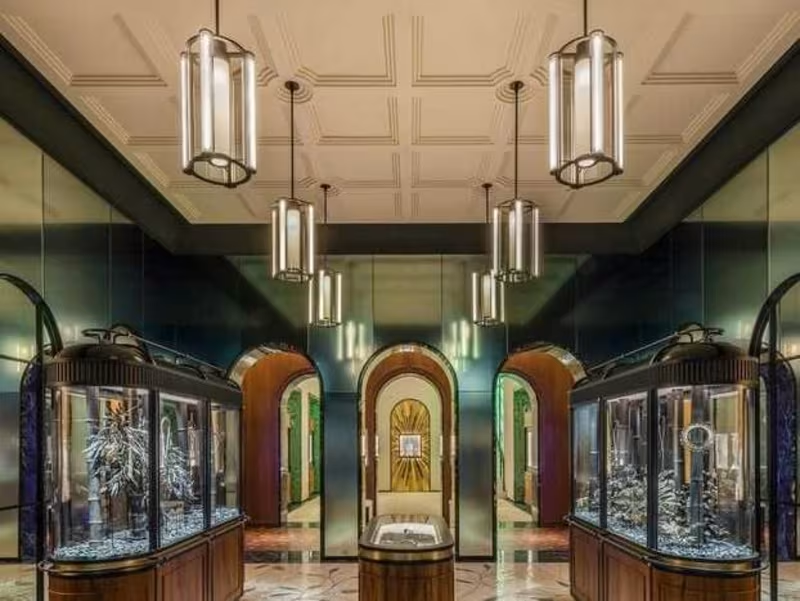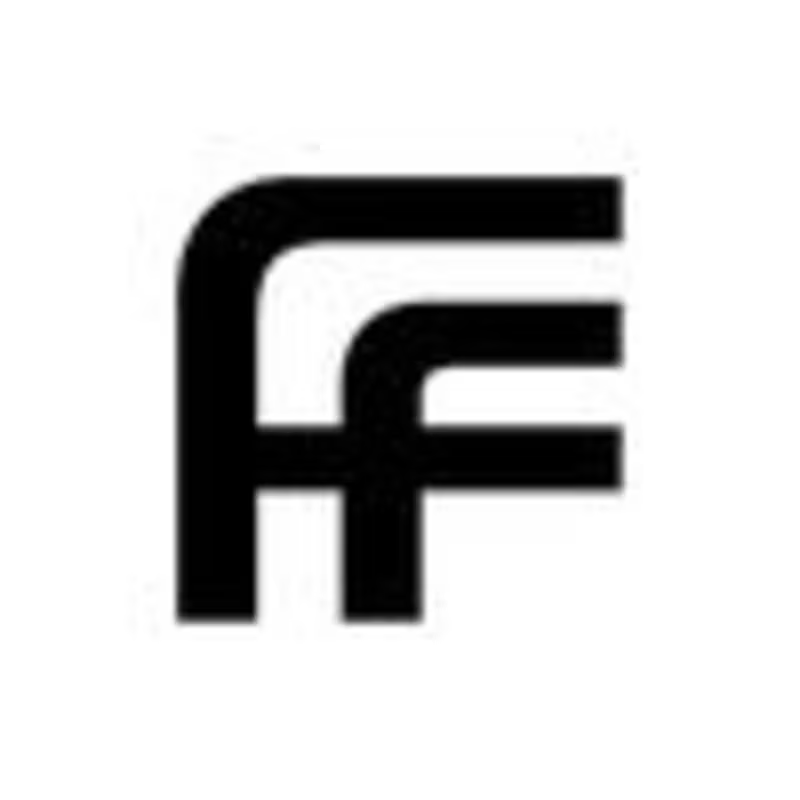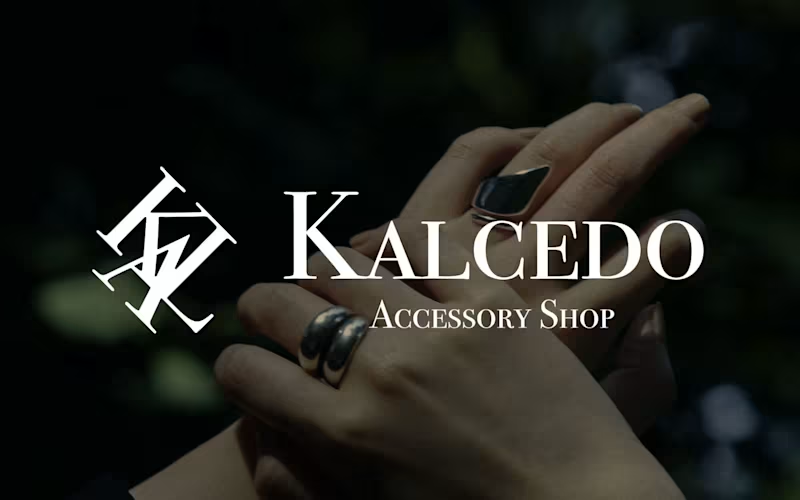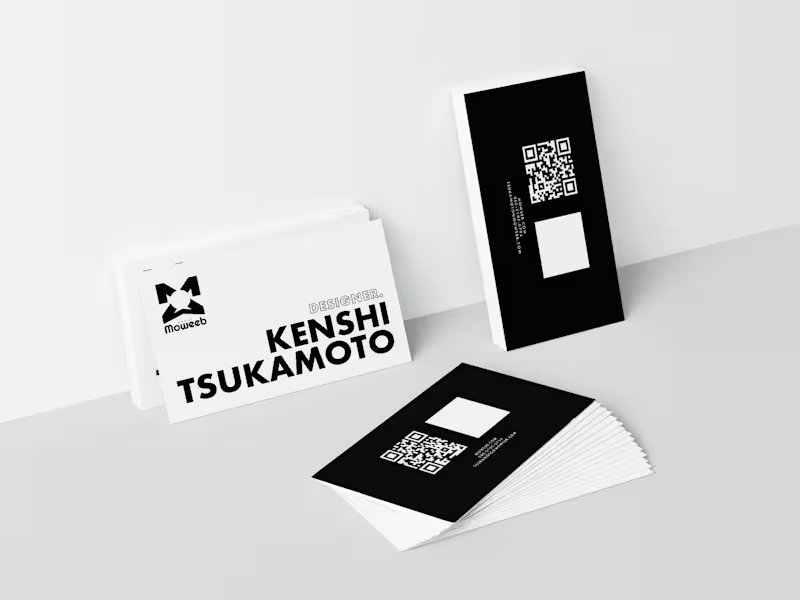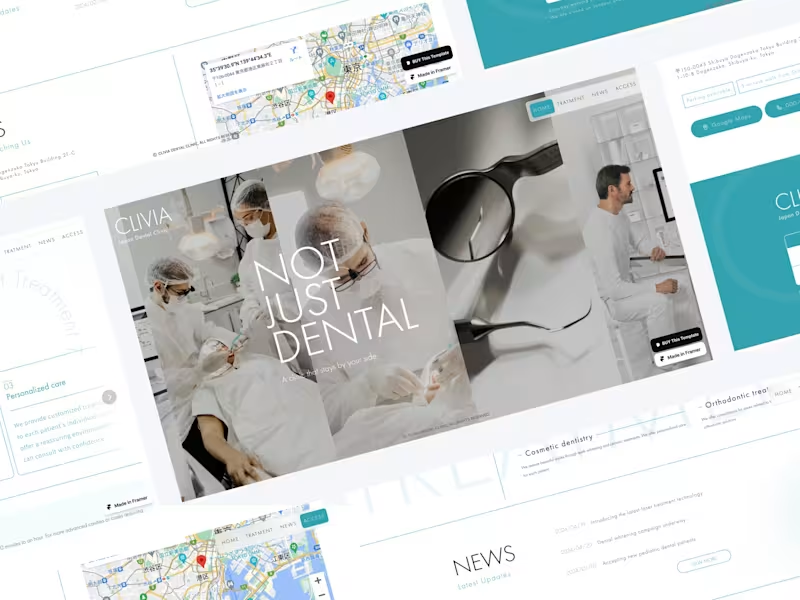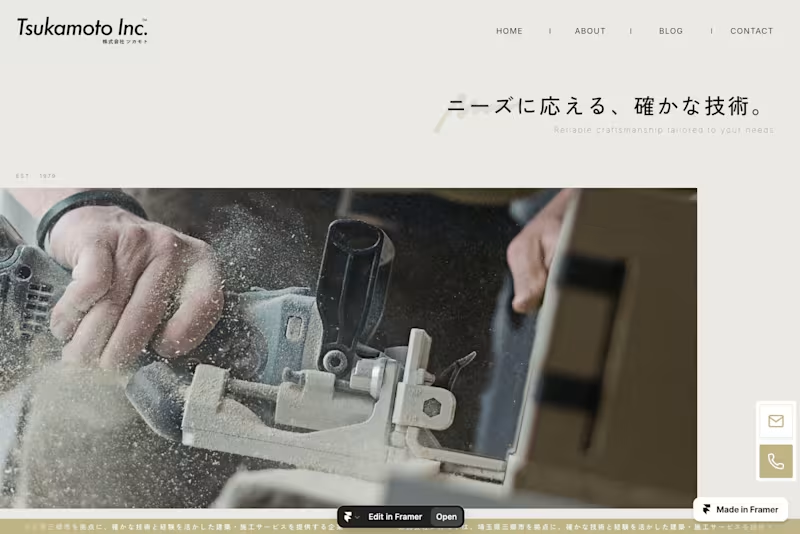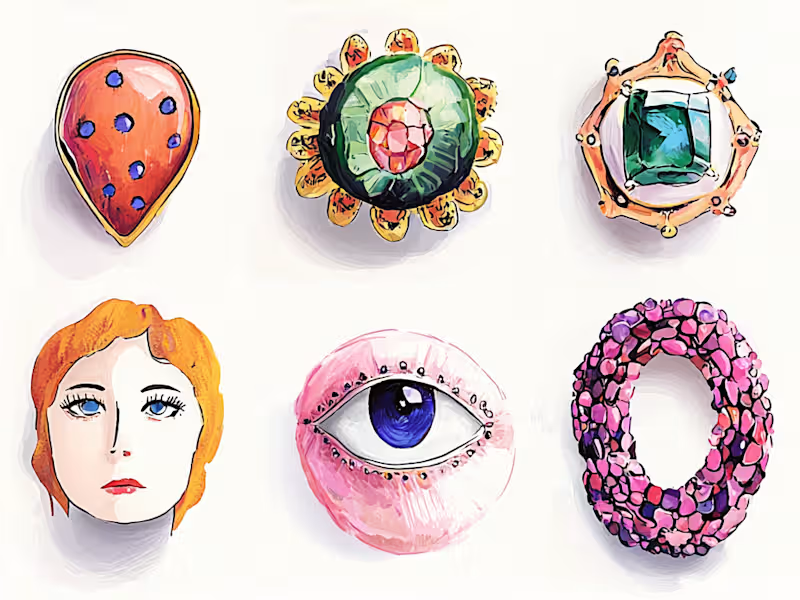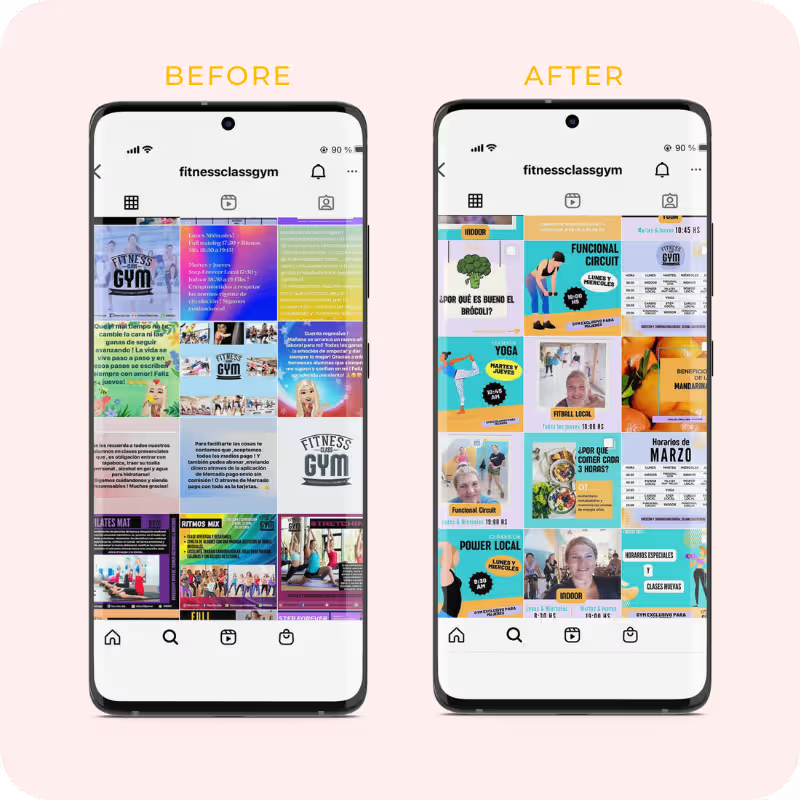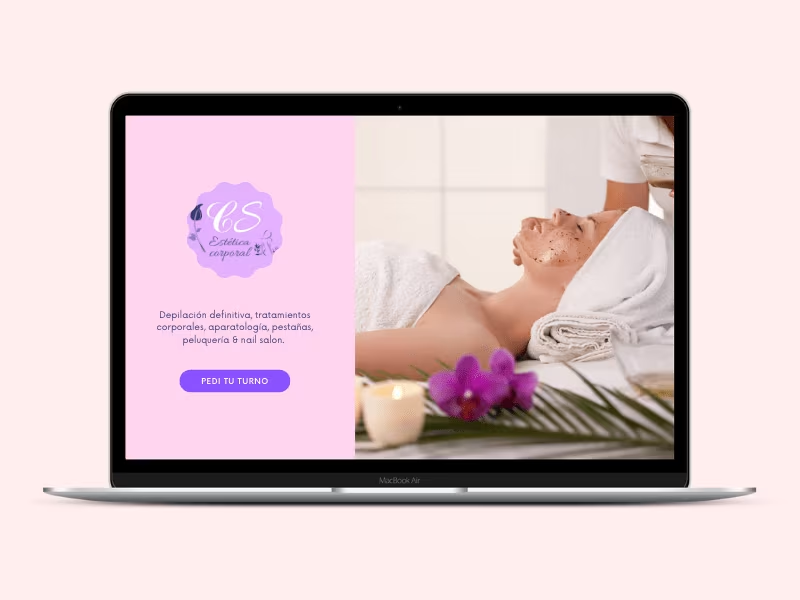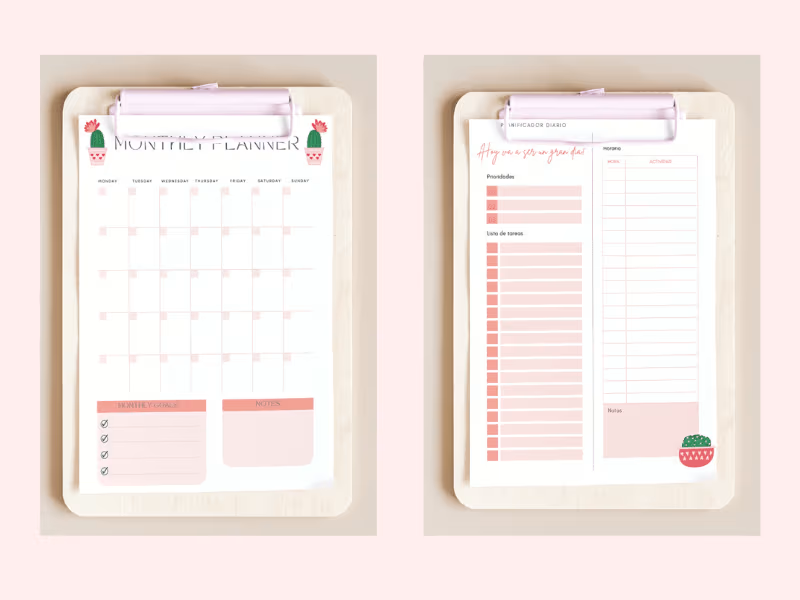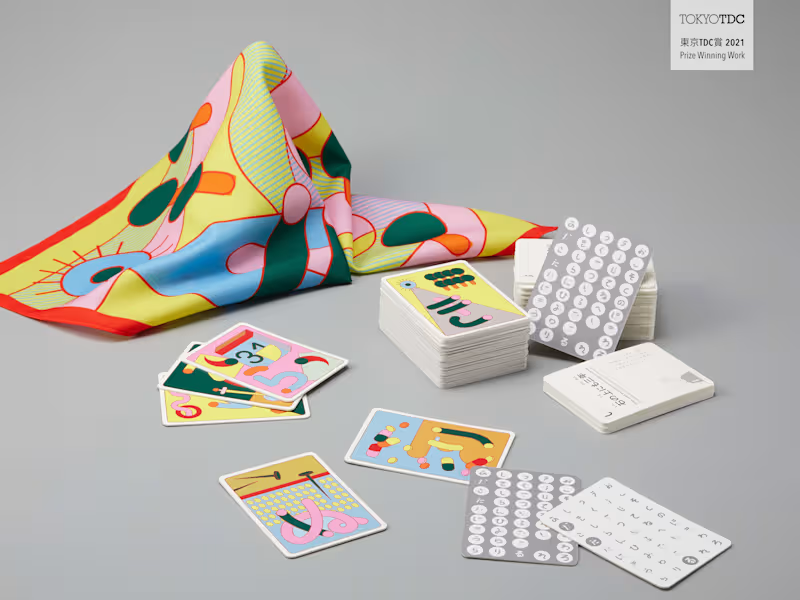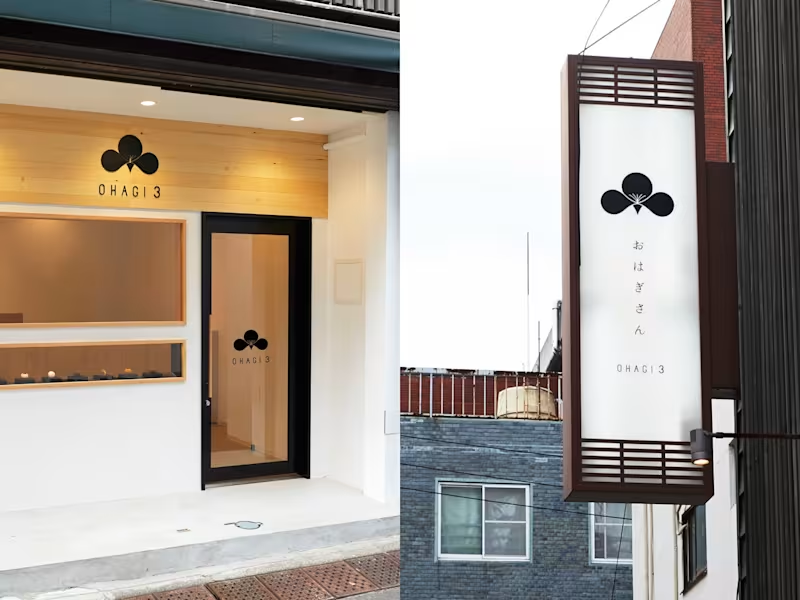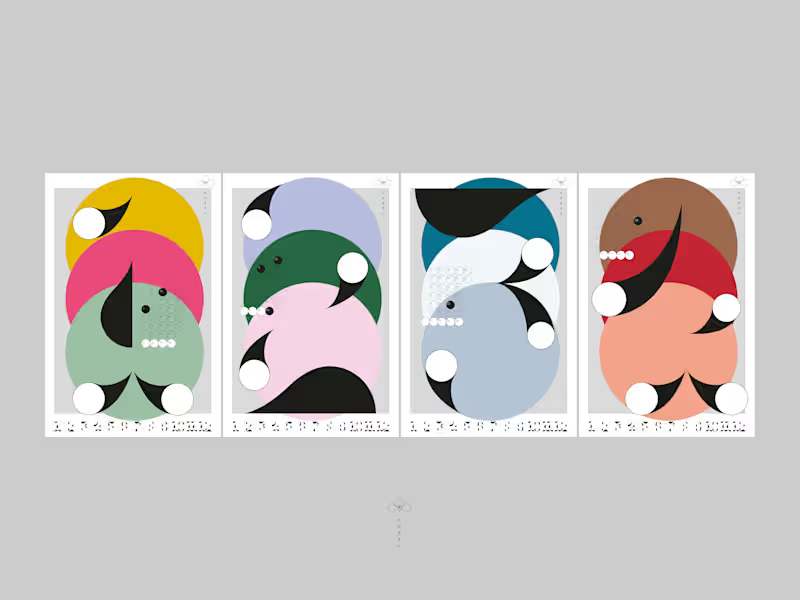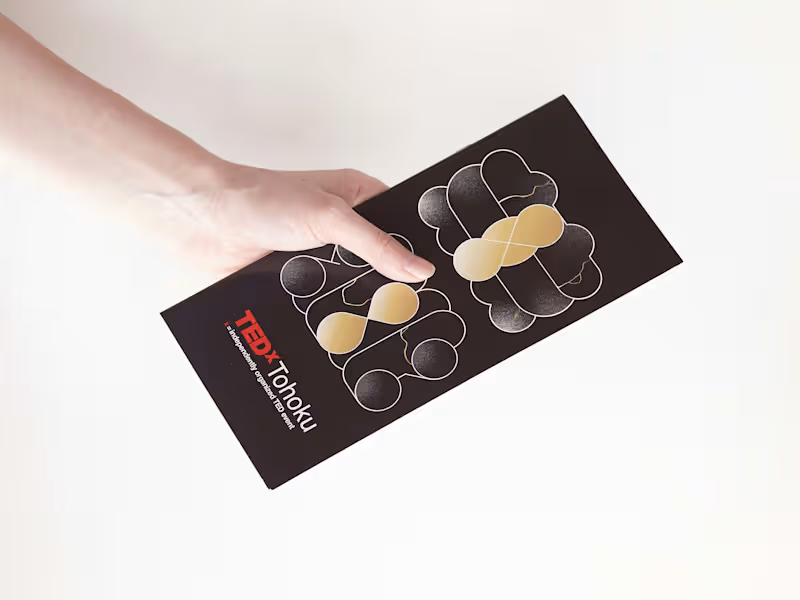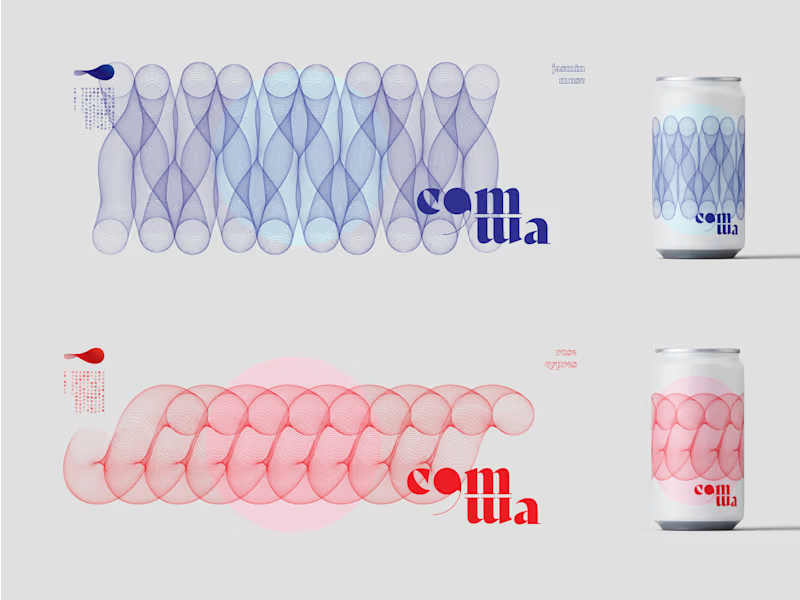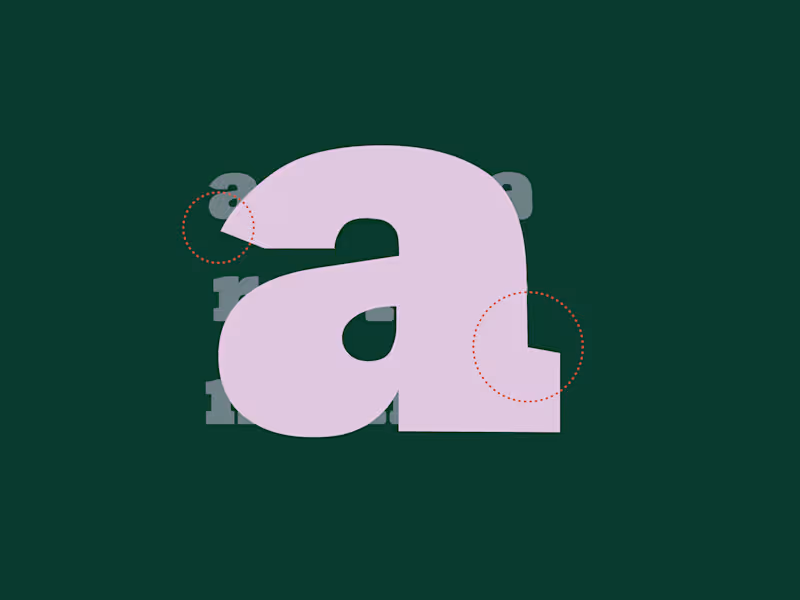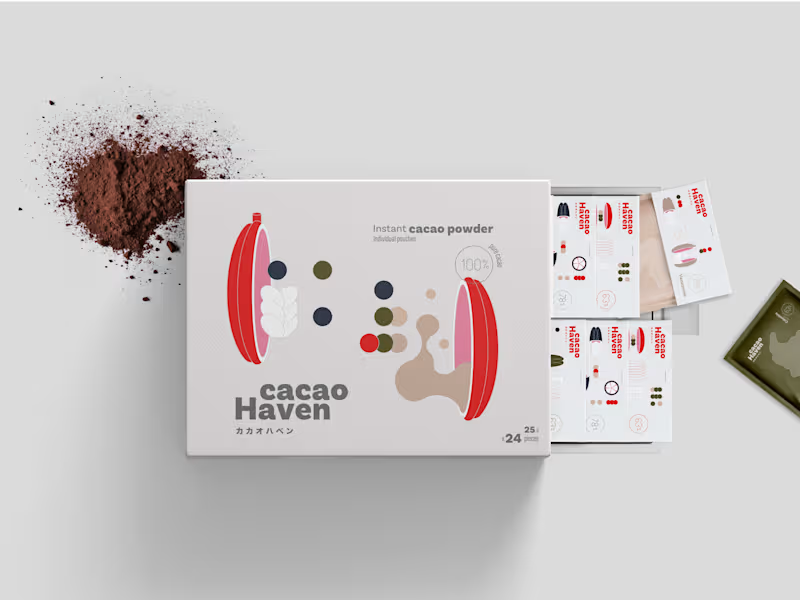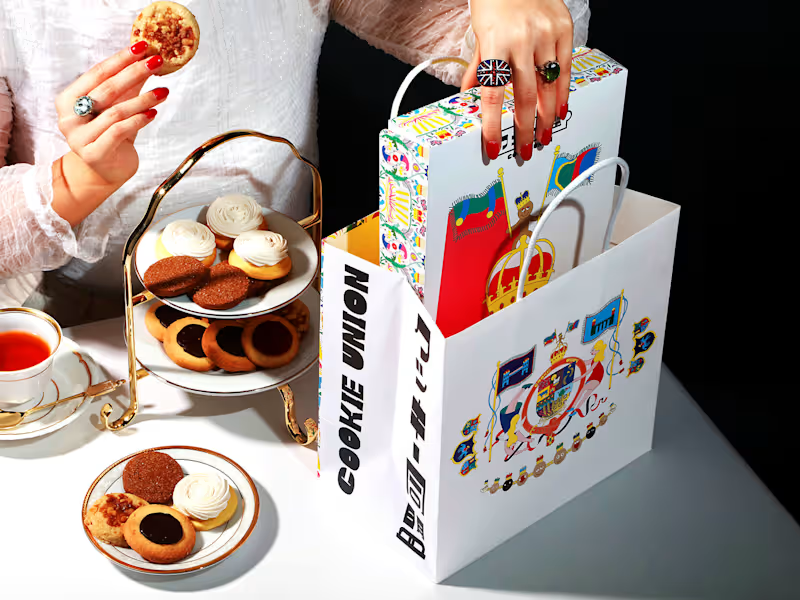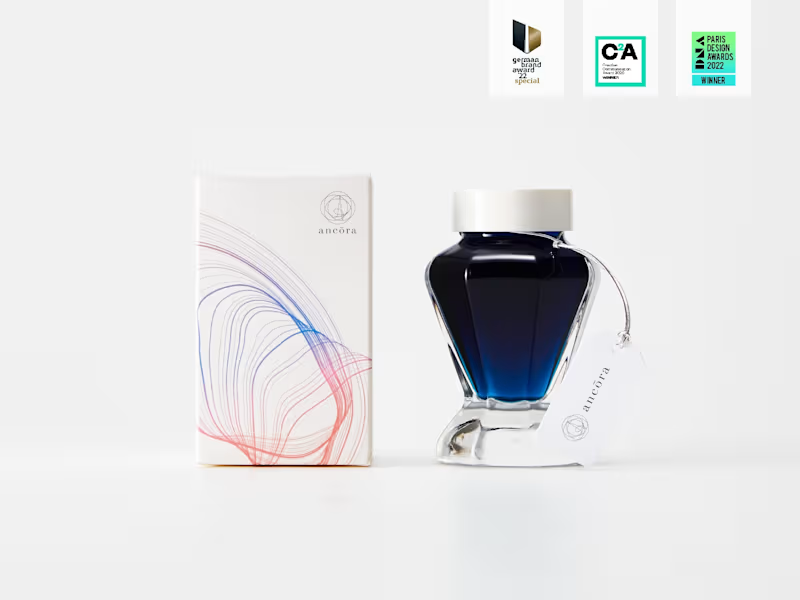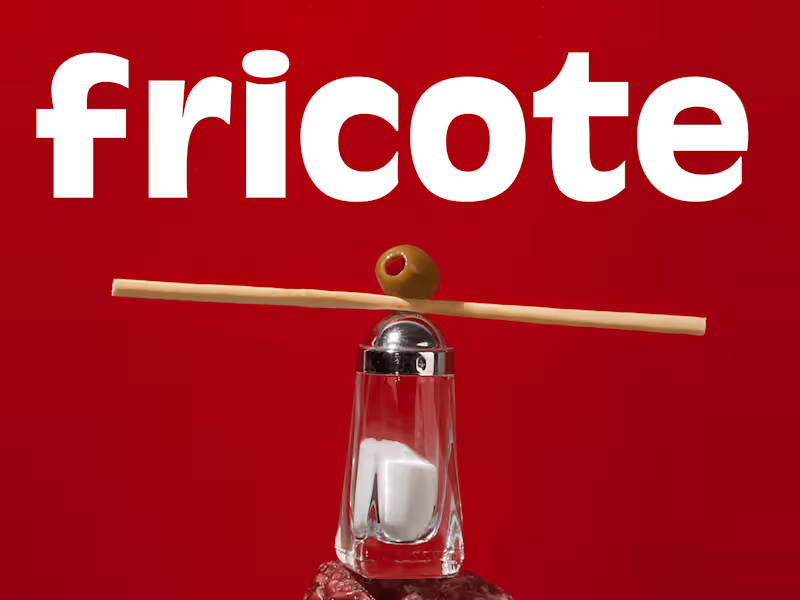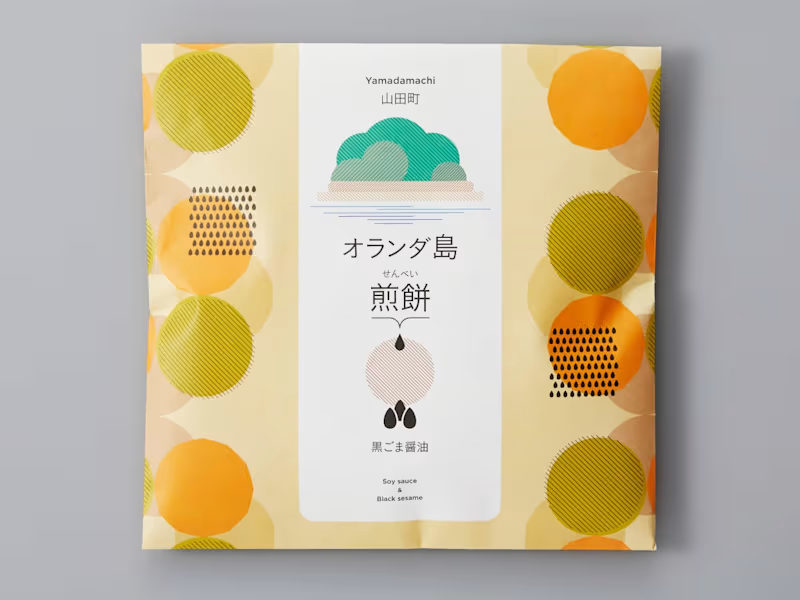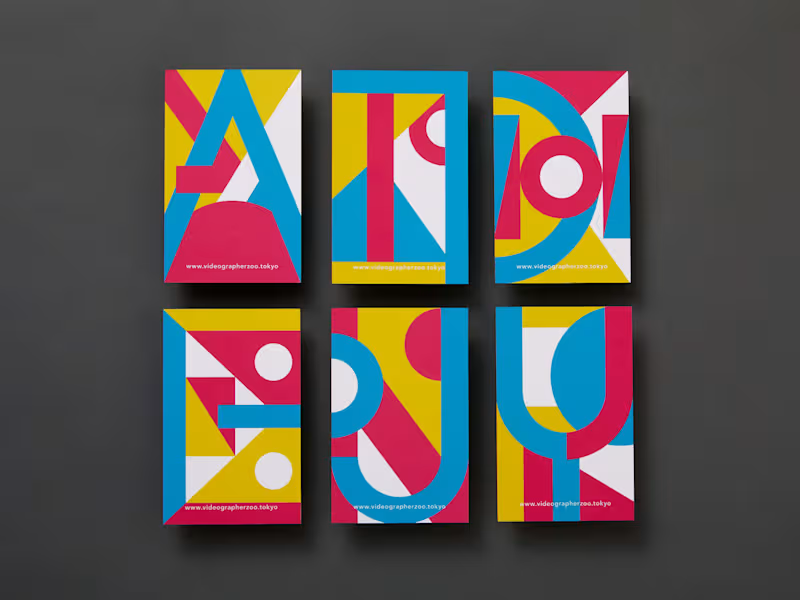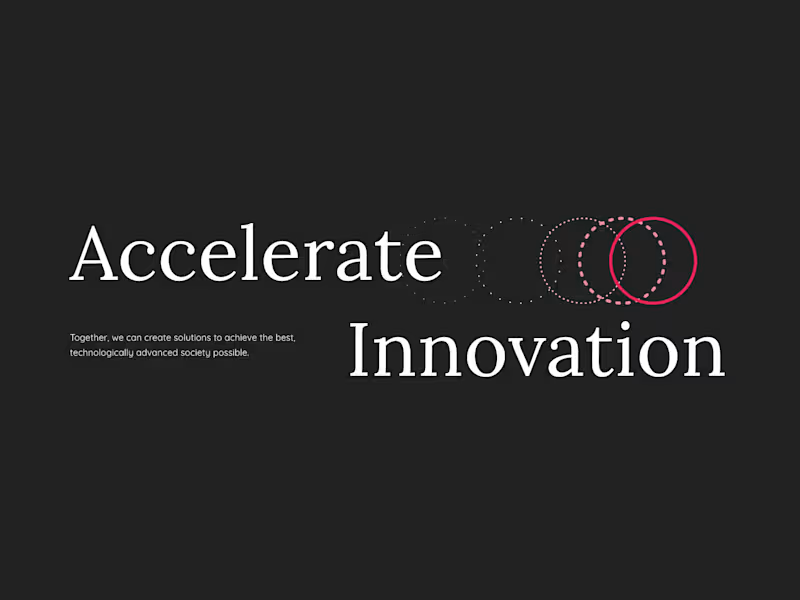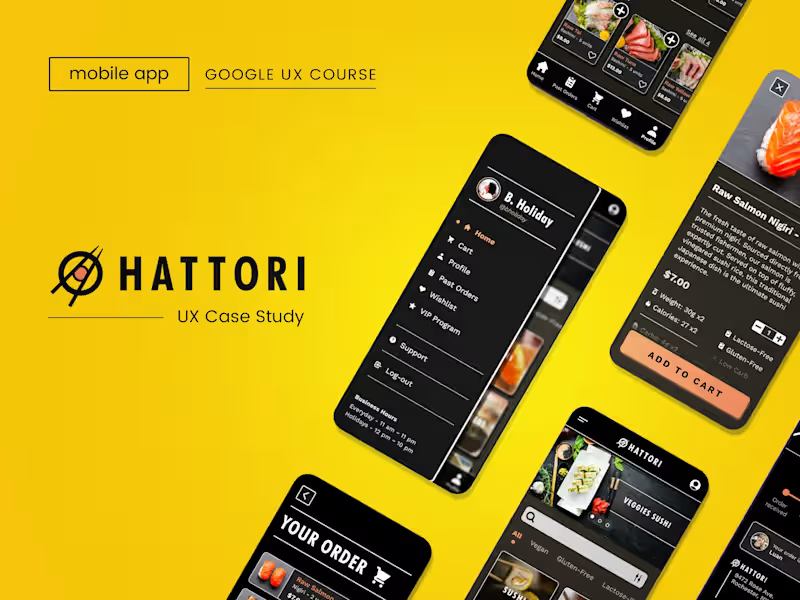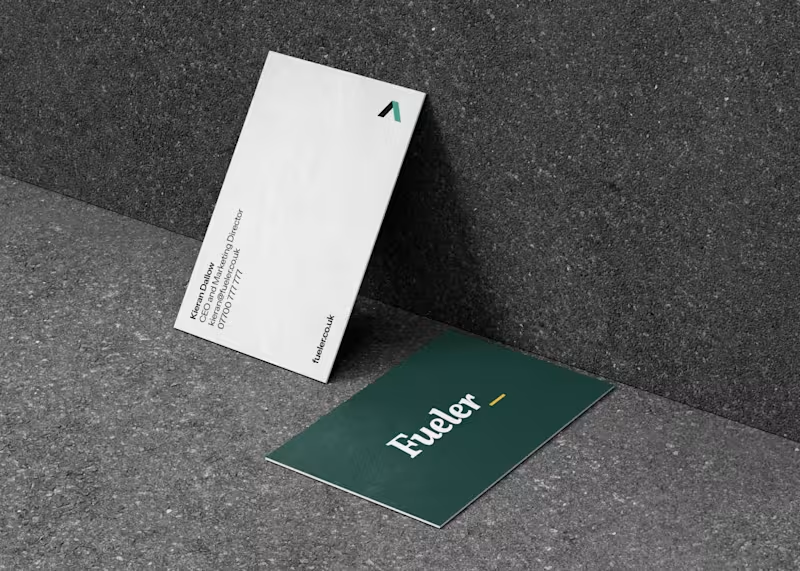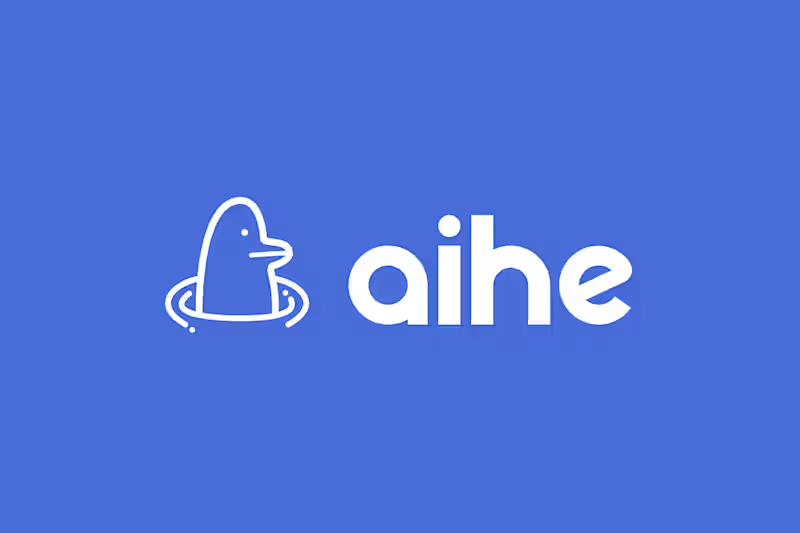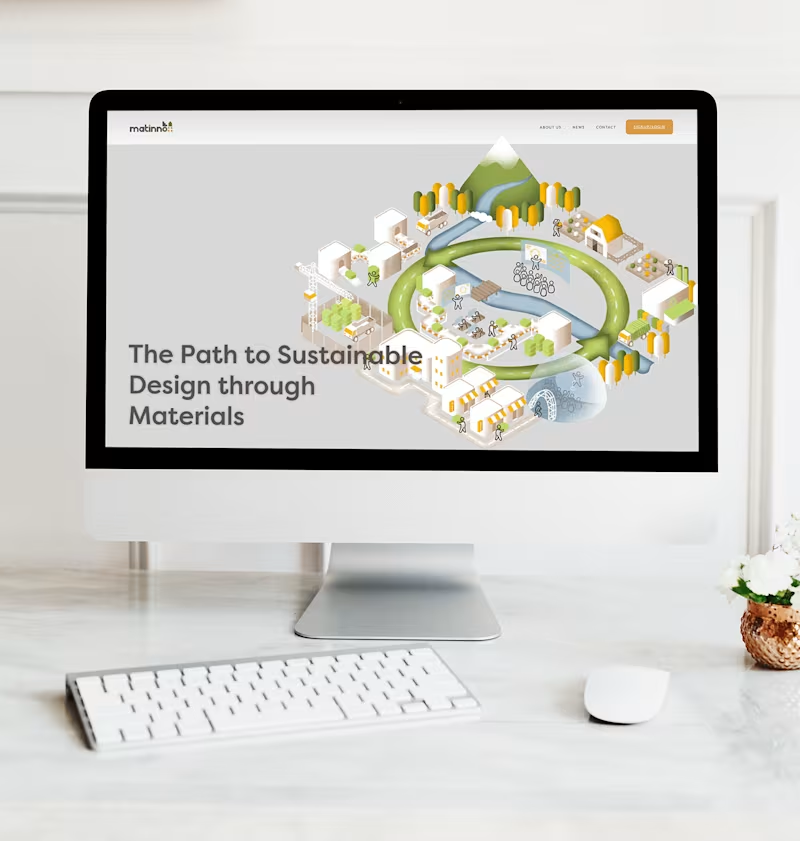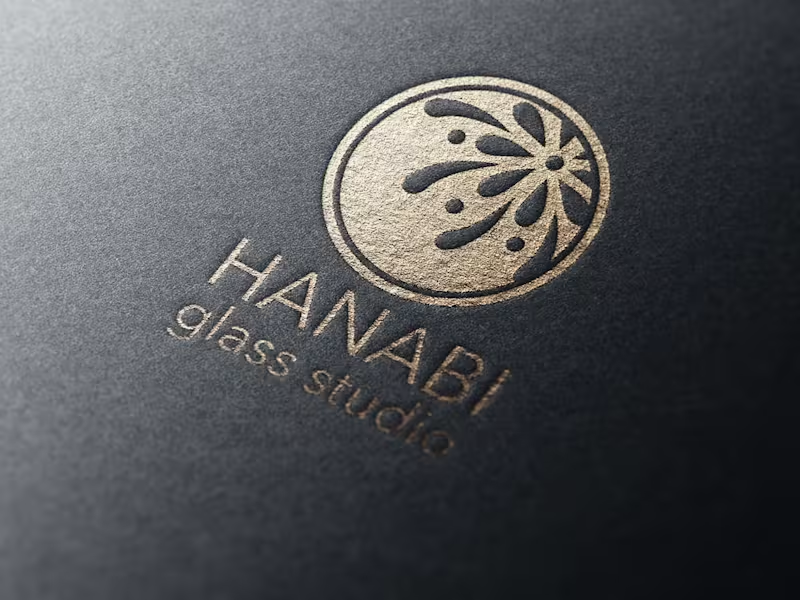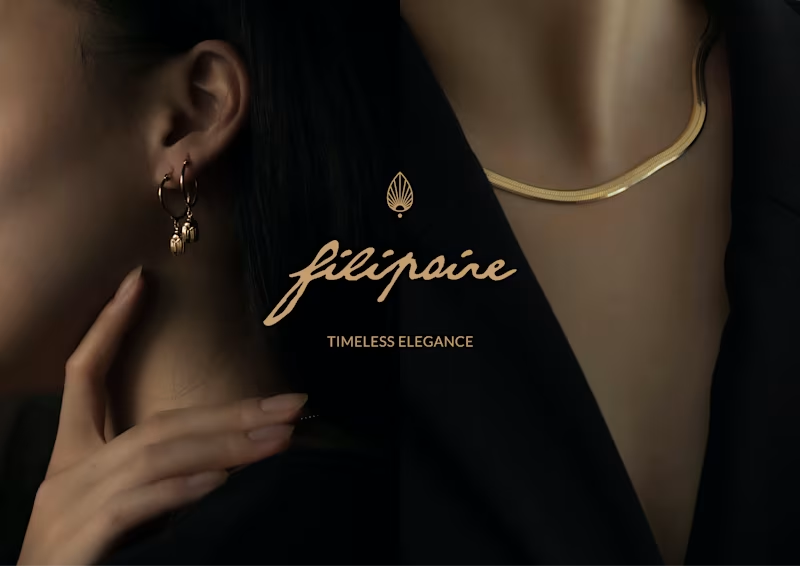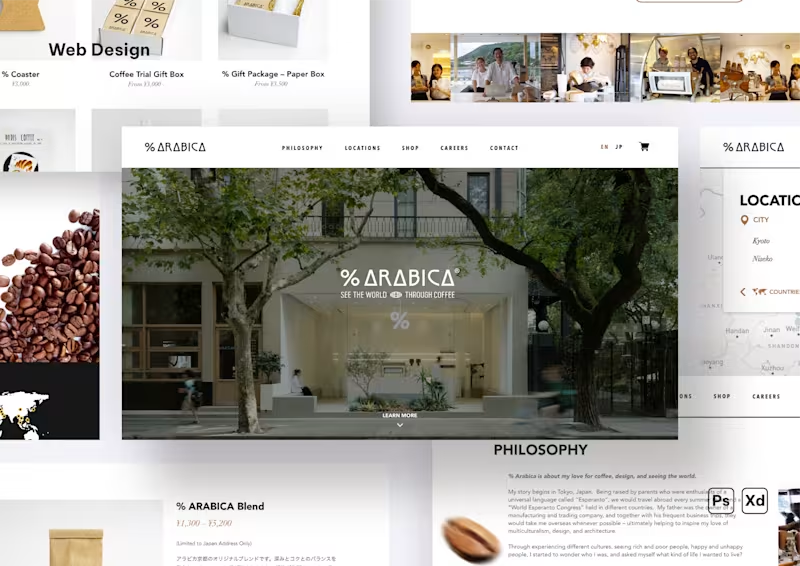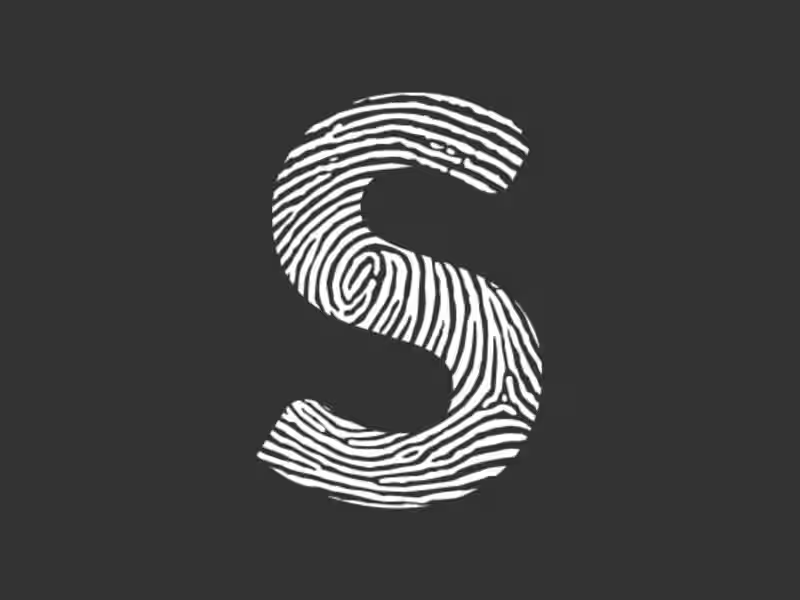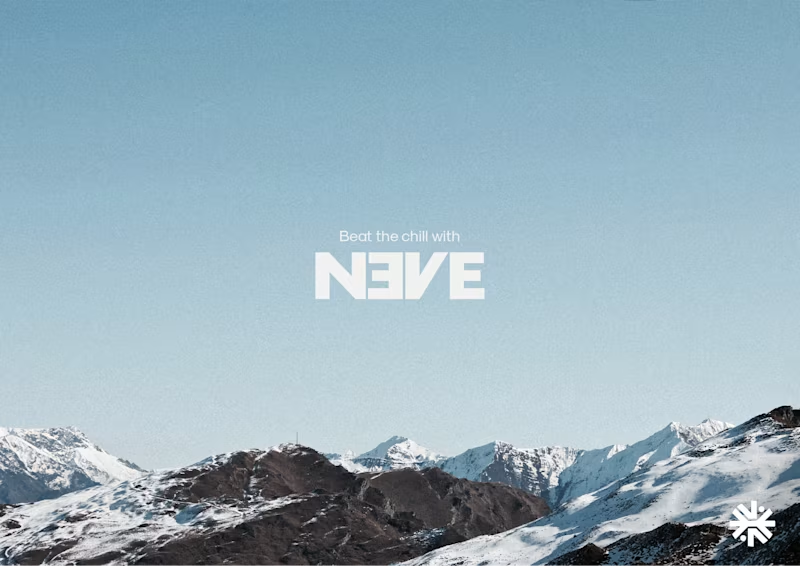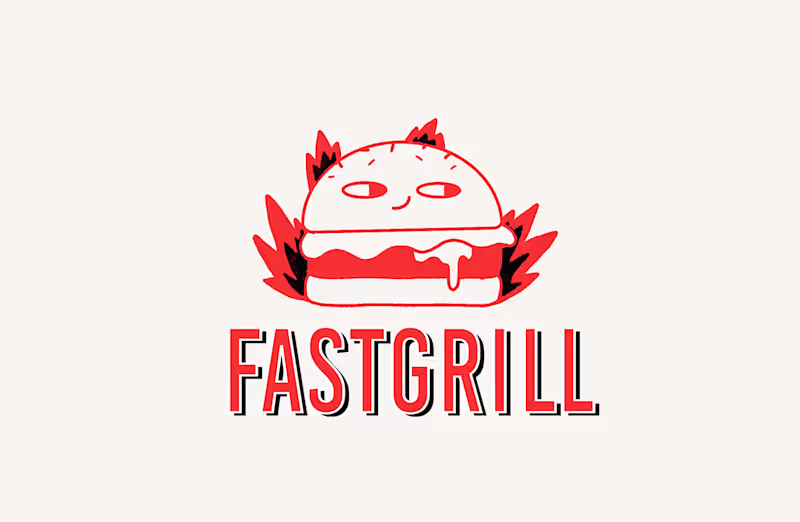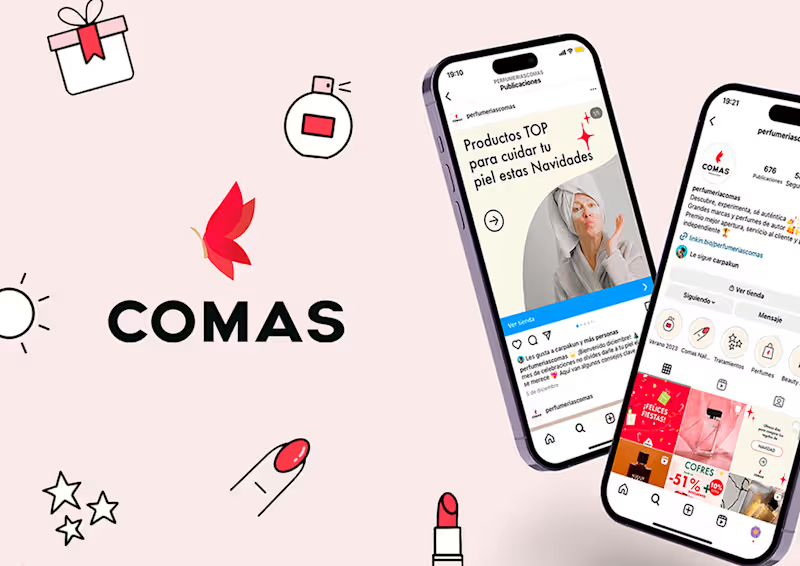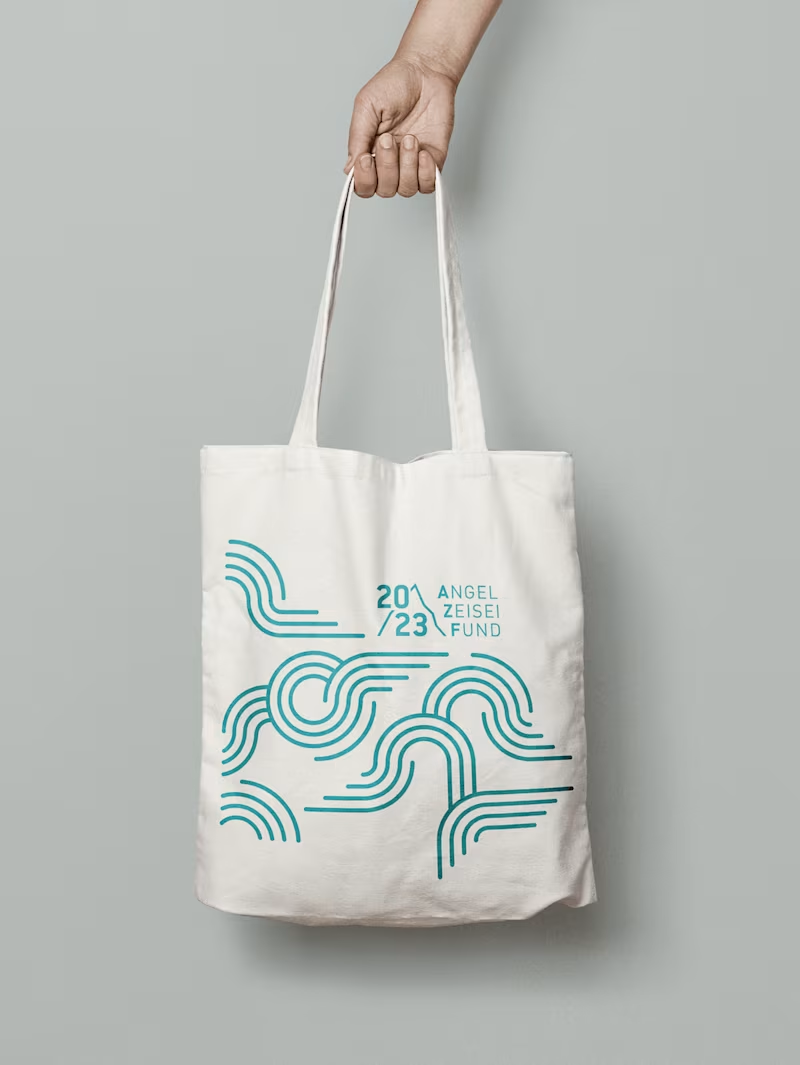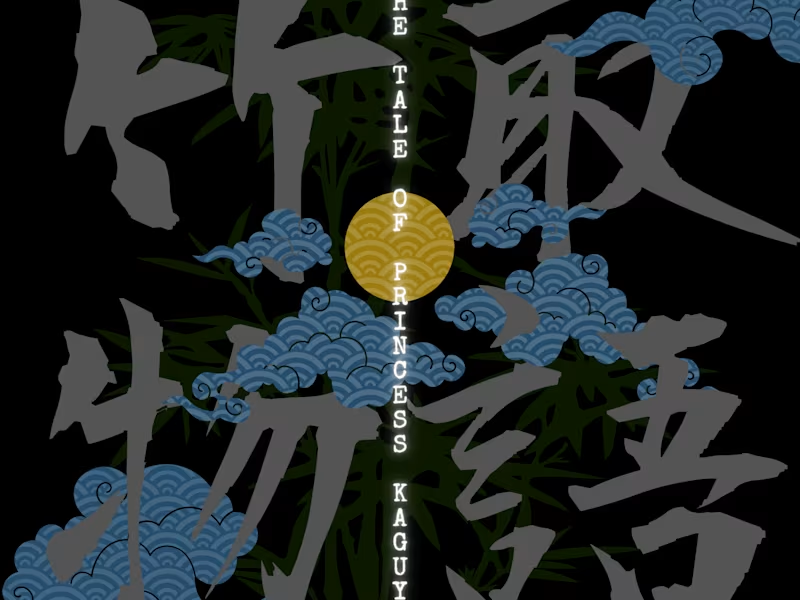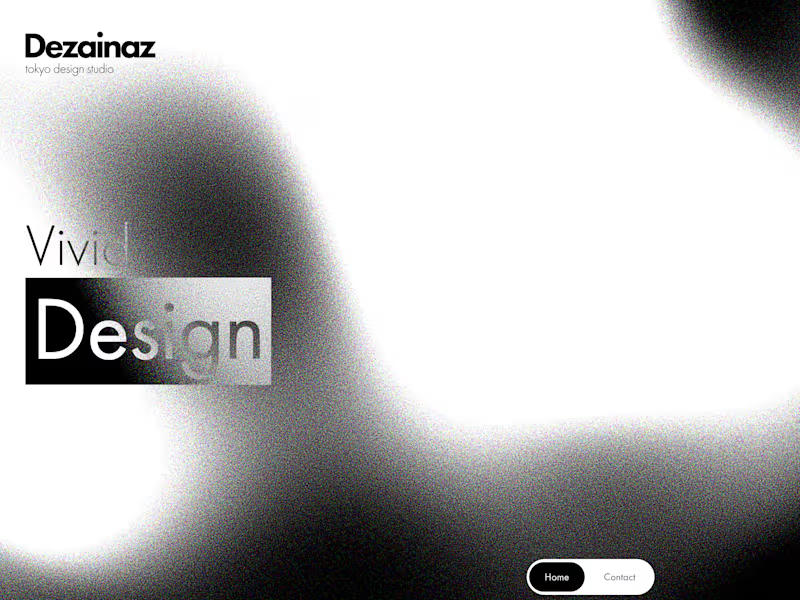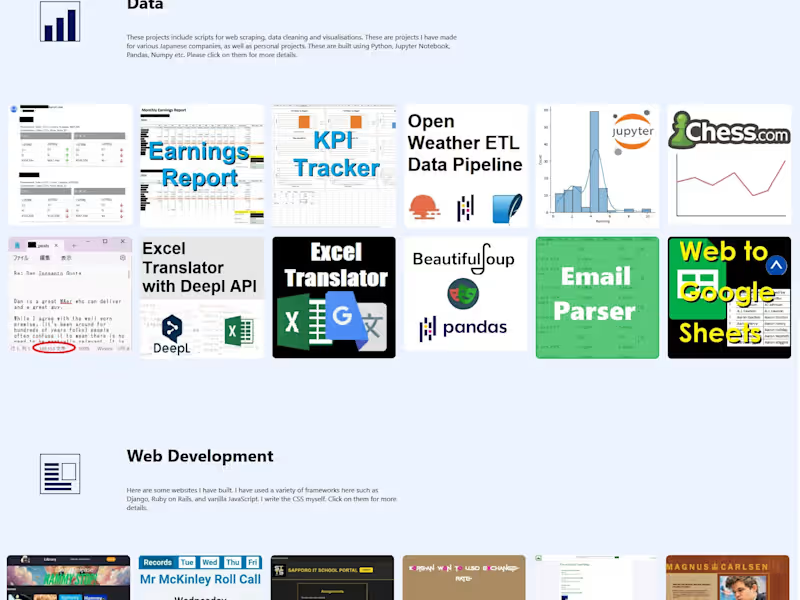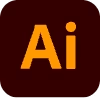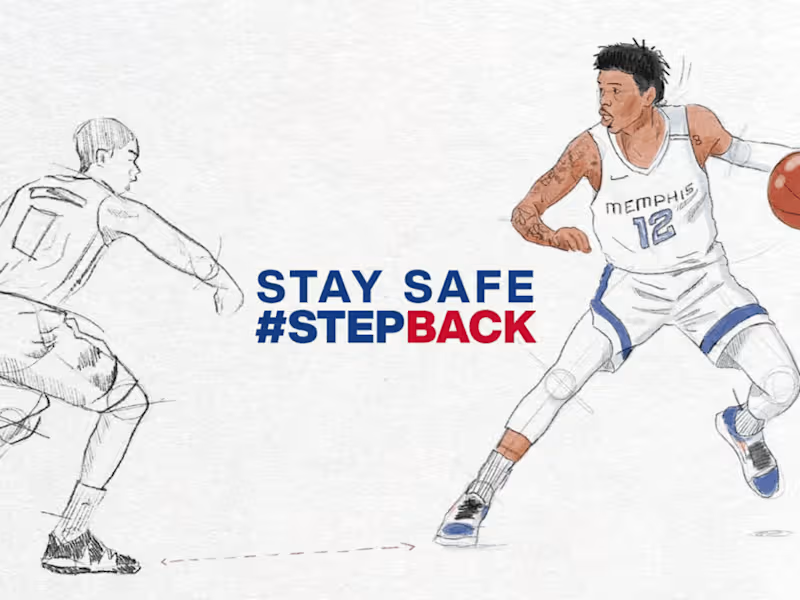How do I identify the specific style I need when hiring a freelance graphic designer?
To find the right graphic designer, first think about the style you want. Do you like clean, modern designs or prefer something more colorful and fun? Look at your favorite brands or websites and make a mood board of designs you like. This will help you explain your vision clearly to potential designers. Understanding your style helps in choosing a designer whose work matches your needs.
What steps should I take to outline my project goals for a designer in Japan?
Before hiring a designer in Japan, clearly list your project goals. Do you need a new logo, a website design, or maybe marketing materials? Write down the main purpose of the project and any specific details. This helps the designer understand what you need and aligns your expectations. Clear goals make the project smoother and more successful.
How can I define the scope of work for a freelance graphic designer?
To define the scope, list all the tasks you want the designer to do. Will they design just a logo or entire promotional materials? Include the number of designs, the platforms they’ll be used on, and any deadlines. Having a clear scope avoids confusion and ensures the designer knows exactly what to deliver. This clarity sets a solid foundation for the project.
What is the best way to create a timeline for project milestones?
A clear timeline ensures the project stays on track. Break the project into several steps like initial drafts, revisions, and final sign-off. Set dates for each step so both you and the designer know what to expect. Timelines help in managing the workflow and ensure timely delivery. They are helpful tools for keeping the project organized.
How do I communicate effectively with a designer working remotely from Japan?
When working with designers in Japan, use clear and simple communication. Choose a language platform that works for both, like emails or video calls. Set regular check-ins to discuss progress and any changes. Make sure to be available at agreed times, respecting different time zones. Proper communication helps in understanding each other better and leads to successful outcomes.
What details should I include in a brief to ensure a designer understands my brand?
A good design brief includes all key details about your brand. Describe your brand’s personality, values, and target audience. Include colors, fonts, or styles you like and show examples of past designs you love. A comprehensive brief helps the designer create work that truly represents your brand. This is crucial for creating consistent and effective visual content.
How can I ensure the designs meet cultural standards when targeting a Japanese market?
Understanding cultural nuances is key when targeting Japan. Research popular design trends and colors in Japan that resonate with the audience. Discuss with your designer how to incorporate these elements while keeping your brand identity intact. It's important to respect and acknowledge cultural differences to create designs that appeal to the local market.
What are the key elements to include in a contract with a freelance designer?
A clear contract outlines all project aspects. Include project scope, timelines, deliverables, payment terms, and ownership rights. This protects both parties and sets clear expectations. A good contract provides a safety net, ensuring everyone knows their responsibilities and rights. It is essential for smooth and professional collaborations.
How do I determine if a designer's portfolio aligns with my project needs?
Look through the designer’s portfolio carefully. Check if their previous work matches the style and quality you need. See if they have experience with similar projects or industries. A portfolio gives insight into their skills and creativity. Choosing a designer with matching styles increases the chances of your project’s success.
What are the important aspects of feedback when reviewing design drafts?
Giving constructive feedback is important. Be clear and specific about what you like and don’t like in the drafts. Use examples if possible and keep feedback focused on the design elements. Positive and helpful feedback guides the designer in making improvements. Clear feedback ensures the final design meets your expectations.
Who is Contra for?
Contra is designed for both freelancers (referred to as "independents") and clients. Freelancers can showcase their work, connect with clients, and manage projects commission-free. Clients can discover and hire top freelance talent for their projects.
What is the vision of Contra?
Contra aims to revolutionize the world of work by providing an all-in-one platform that empowers freelancers and clients to connect and collaborate seamlessly, eliminating traditional barriers and commission fees.
